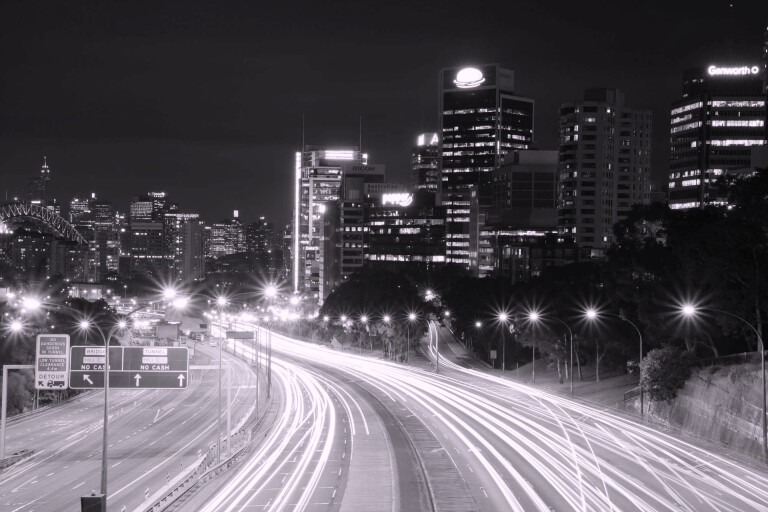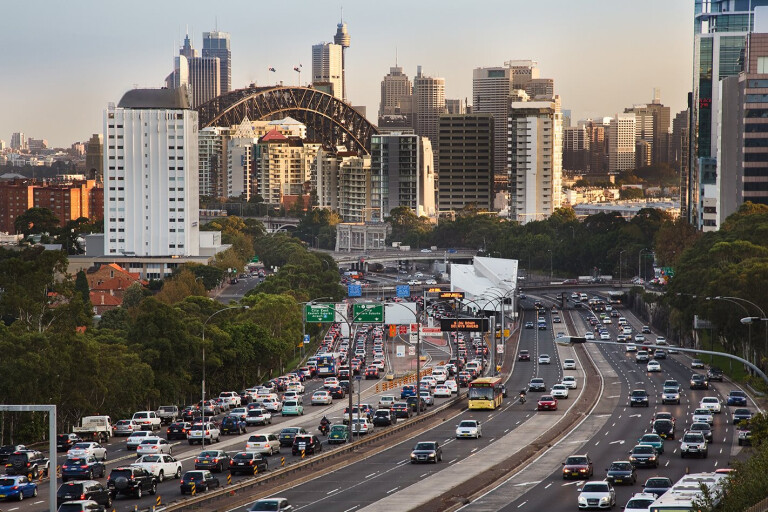
Snapshot
- Utilises latest TomTom MN-R data
- Previously video and manual methods used to capture road information every 100m
- Star system recognised internationally
Artificial intelligence is being used to rate roads across New South Wales to make them safer to drive on.
The new project, launched by Transport for NSW (TfNSW), will convert TomTom’s MN-R next generation map information from 20,000km of roads into an internationally recognised five-star rating system aimed at reducing injuries and deaths – as well as prove feature extraction techniques and machine learning for LiDAR data.
Previously the tests carried out involved identifying and recording more than 50 road attributes every 100 metres using video survey footage and manual recording methods.

On average, between 1100 and 1200 people lose their lives due to crashes on Australian roads each year – and more than 40,000 suffer debilitating injuries.
As a result, the Australian Government is linking infrastructure funding to tangible safety improvements – meaning state agencies must get behind the star-rating system to get the cash.
The most recent 2018-2020 National Road Safety Action Plan set targets for 90 per cent of travel on national highways and 80 per cent of travel on state highways to meet a three-star or better safety standard.
To date, more than 280,000km of Australian roads have been star rated.

Monica Olyslagers, from the charity International Road Assessment Programme (iRAP) which is partnered with TfNSW, said the use of AI and machine-learning would significantly speed up the task of star-rating roads to enhance public safety.
“Raising the standard of the world’s roads to a three-star or better standard for all road users will help to focus policy and investment. With crash costs typically halving with each incremental improvement in star rating ,the potential to save lives is significant,” she said.
“The use of artificial intelligence and machine learning techniques to collect the data has potential to reduce costs and increase the frequency and accuracy of data.

“Making faster and more affordable data collection possible means that safety assessments can be done on an annual basis across the whole road network.”
The project is supported by the iMOVE Cooperative Research Centre and is being led by (TfNSW) and partners, including the University of Technology Sydney (UTS), iRAP and geospatial data experts Anditi.
iMOVE CRC’s managing director Ian Christensen said improving road safety performance is a priority for all levels of government in Australia.
“Using technologies such as AI to enhance in our suite of safety policy tools is a great step forward. These powerful and insightful tools can inform sound investment by Government that saves lives and unlock significant benefits to families, communities, business and health systems through reduced road trauma,” he said.
COMMENTS